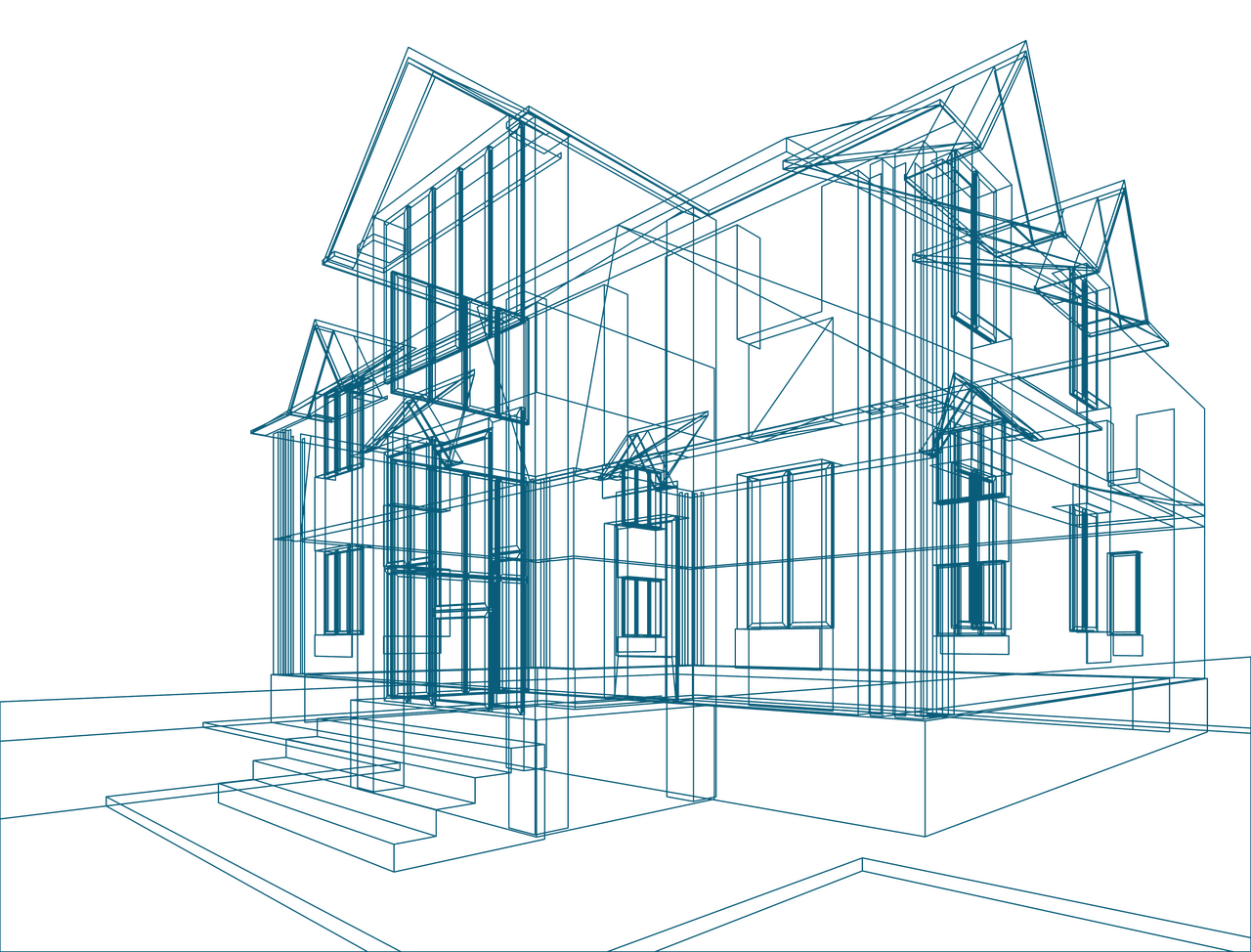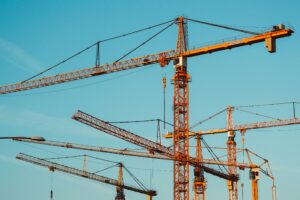

Market report

European Architectural Barometer
Stay informed with the European Architectural Barometer, your go-to source for comprehensive data and analysis on architectural trends in Europe.
Blogs I published 22 September 2025 I Dirk Hoogenboom
Carbon Footprinting Comes of Age: How Embodied Carbon Became Europe’s Most Adopted Sustainability Practice
If you’ve been keeping up with the industry lately, you’ve seen plenty of sustainability fads come and go. One year it’s green roofs, then it’s smart integration or somebody pitching bamboo everything. Most of these get some press coverage, maybe a pilot project or two, but quietly fade when they prove too fiddly, too expensive or simply too abstract to scale.
Embodied carbon footprinting isn’t one of those – it’s held its own. Not only that, it’s become the most widely adopted sustainability practice among architects across Europe. Our European Architectural Barometer spells things out: embodied carbon is one of the most established green practices out there, with broad awareness and strong adoption wherever people have heard the term. That’s worth pausing on. In an industry famous for slow adoption and a hundred competing frameworks, embodied carbon managed to gain significant traction.
The only question is – how come? What made it succeed where other metrics – like biodiversity impact, waste reduction or water efficiency – are still fringe? The short answer – carbon footprinting is simple. It’s mandated, it’s doable, and it connects directly to climate conversations clients actually care about. Let’s cover the long answer.
The Current State of Carbon Footprinting
Across the eight European countries surveyed, about two-thirds of firms are actively calculating embodied carbon. Underlined more clearly? Two out of three firms are already doing it in some form. Compared to the patchy adoption of material passports, design-for-disassembly or urban mining, we see that most firms have barely scratched the surface.
The picture, of course, shifts when you zoom in by country. In the UK, 96% of architects say they know what embodied carbon is, and a large chunk of them are already applying it. That’s what happens when the RIBA, government and certification bodies all hammer on the same point. Belgium isn’t far behind, thanks to strong policy alignment and academic backing. In Germany, however, only about half of architects even recognize the term, which shows that national context matters greatly.
Southern Europe lags as well. For Spain and Italy, awareness is growing but real adoption is slower. Part of that is regulatory pressure; where embodied carbon isn’t yet tied into permitting or tender requirements, there’s less urgency. Part of it is cultural; in some markets, sustainability is still seen as “commodity,” rather than “baseline obligation.”
The other gap is knowing and doing. Lots of firms know what embodied carbon is, but not all of them apply it consistently. Some only calculate when a client demands it, while others treat it as part of every design iteration. So the headline “65% adoption” is really more of a spectrum – ranging from ticking a box in a spreadsheet to firms setting carbon budgets and steering projects accordingly.
Nonetheless, the big picture is: embodied carbon has broken through in a way most sustainability metrics never do. Even basic-level adoption counts, because it offsets the culture and practice. Once you start measuring, it just becomes harder to ignore.
Why Carbon Footprinting Gained Traction
Embodied carbon didn’t ripen because architects became climate warriors all of a sudden. It rose because the conditions were too strong to ignore. A handful of forces lined up:
A single, simple number
Embodied carbon is measured in tons of CO₂e. That’s it. Everyone gets it. No convoluted index, no ten-part scoring system. Clients, regulators and contractors all look at the same values and can understand them immediately.
Regulatory pressure
The EU is phasing in mandatory carbon reporting for large projects by 2028, with caps coming by 2030. Some countries, like the Netherlands, already require embodied carbon calculations for permits. Certifications like BREEAM and DGNB demand it.
Tools caught up
A decade ago, you needed spreadsheets and consultants. Now you plug software into BIM and get numbers in minutes. Databases like Ökobaudat and ICE are publicly accessible. That turned it into something a mid-size firm could actually do.
The profession upskilled
Universities teach it, professional bodies publish guides, and carbon literacy has entered the mainstream. So most studios have at least one person who can run a carbon model. Those who don’t, outsource.
Net-zero gave it urgency
Everyone – from governments to Fortune 500 clients – is chasing net-zero. You can’t talk about that while ignoring embodied emissions. Carbon footprinting is obvious proof, and a strong selling point.
What It Looks Like in Practice
An architecture firm doing embodied carbon doesn’t need to reinvent its workflow. Early in design, someone pulls rough quantities of big-ticket items (concrete, steel, timber, insulation, finishes). Feed those numbers into a database and you get a benchmark of maybe 2,000 tonnes of CO₂e. It’s iterative thereon out. Swap concrete for timber in the superstructure – down goes the footprint. Use recycled steel instead of virgin, that’s another 5% shaved off. Reduce slab thickness, cut 10%. These aren’t academic stats and exercises; they’re design decisions that affect budgets, procurement and construction.
Sure, challenges crop up. Some products don’t have Environmental Product Declarations (EPDs). Workflows can be messy. Architects can’t juggle carbon calculations and deadlines. The fixes are pragmatic – use proxy data when needed, set high-level carbon budgets early and bring in specialists for complex projects.
At the shallow end, some firms just generate a carbon number for the tender submission. At the deep end, however, advanced practices set project-wide carbon targets, and design to meet them, just like you’d design to a cost budget.
Either way, the calculating aspect of it changes how teams think. Once a client sees a chart showing where 80% of their building’s emissions come from, the conversation shifts. The choice between brick cladding and timber cladding becomes more than aesthetics – it’s environmental impact measured in tonnes.
Lessons from Success
Now let’s step back. What does carbon’s breakthrough teach us about making any sustainability metric stick?
Make it measurable
Carbon works because it boils down to one number in a single unit. Look now at biodiversity, where ten different indexes compete, none of them widely accepted. Until there’s one agreed way to measure, adoption won’t scale because people won’t know what they’re looking at.
Standardize it
Carbon had ISO 14067 and EN 15978 as its backbone. Circularity doesn’t. Right now it’s a mix of pilot schemes and buzzwords. Without a consistent framework, no one can embed it into practice.
Attach incentives
Carbon is tied to regulation, certification and even tender scoring. By contrast, water efficiency rarely moves a procurement decision. If a metric isn’t rewarded or enforced, firms won’t give it the time of day.
Keep it communicable
Carbon’s simplicity makes it boardroom-ready. Clients understand “2,000 tonnes CO₂e.” A circularity score of 0.47 – loses the audience.
Get champions
Large firms in Northern Europe jumped early, proved it could be done and bragged about their results. That peer visibility helped normalize the practice across the industry.
The Ripple Effects
Carbon accounting has already reprogrammed the industry. Once architects learn to think in tonnes of CO₂, they start thinking in life cycles, not just design phases. This disposition then spills into everything – waste, circularity, even health metrics.
The supply chain has shifted too. Manufacturers now treat carbon like any other performance metric. No EPD? Don’t expect to get specified. That’s why we’ve seen a surge in EPDs across concrete, steel, insulation, and timber. Low-carbon is a product line, not a niche claim.
There’s also a competitive edge generating space for conversation. First off, firms that can show lower carbon footprints win projects. Some have even spun up entire teams dedicated to embodied carbon. Software companies, consultants and auditors are all carving out new niches. What used to be overhead is now a revenue stream.
Zoomed out, there’s a market transformation. Carbon numbers are becoming as standard as fire ratings or structural loads. In a few years, every product could be sold with a CO₂e label by default. That’s a big change in how we evaluate buildings.
The Road Ahead
Embodied carbon was step one. The next step is whole-life carbon; combining embodied and operational emissions into a single metric. Many projects already do this, and policy is moving that way fast. Then there’s real-time carbon tracking. Think design software where the carbon number updates as you draw or dashboards that track actual emissions as materials arrive on-site. Don’t think of it as sci-fi, because it’s being piloted already. Verification is coming too. Right now, most carbon numbers are self-reported. Regulators and clients will demand third-party checks, so we can expect auditing of carbon claims to become as routine as financial audits.
The gaps are obvious. Small firms and residential projects are lagging. Southern and Eastern Europe are behind the curve. If adoption is going to be universal, the industry needs lightweight tools, more training and policies that don’t just focus on big-ticket urban projects.
And don’t silo carbon from circularity. Designing for reuse and disassembly doesn’t just reduce waste but also slashes embodied emissions. Smart money would be on integrating the two. A building designed for material recovery is really a building designed with a lower footprint.
Implications for Other Metrics
The lesson for other sustainability metrics is tough love – copy carbon’s playbook or stay on the sidelines. That means:
- define one simple unit
- standardize it internationally
- bake it into regulation and certification
- get big firms to champion it
Water efficiency could be next. Energy use already has traction. Biodiversity? A tad too fragmented. Indoor health? Needs a single, communicable score.
The good news: carbon tools already track for other impacts (like water, toxicity, land use). Once firms are comfortable with life-cycle thinking, it’s not a big leap to layer in more nuance. Carbon competency can be the foundation for integrated sustainability.
Conclusion
Embodied carbon footprinting became Europe’s most adopted sustainability practice because the industry stars aligned. It had a single metric, strong regulations, usable tools, a trained profession and the backing of net-zero targets. The combination made it strong and compelling.
For the industry, this is a success story because it proves we can adopt new practices at speed when they’re clear, enforced and useful. The next objective is carrying the lessons forward. If circularity, biodiversity or health want to break through, they’ll need the same clarity and pressure.
The bigger point is that change is possible. Ten years ago, embodied carbon was a purely academic term, closer to a thought experiment than an advocated strategy. Today it’s everyday practice. That gives us a blueprint for the rest of sustainability. If carbon can go from obscure to mainstream in under a decade, there’s no reason the rest can’t follow. Sounds cheesy, but it’s true. And up to us.






